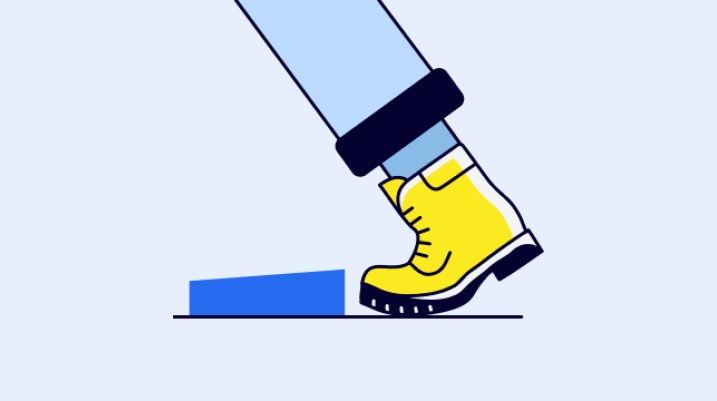The Basics: What is a personal injury lawsuit?

Personal injury law is a type of civil law that covers a person or business’s rights, and handles disagreements between the parties. This is different from criminal law, which covers local and federal crimes and their consequences.
When someone is found guilty in criminal court, they might go to jail. Civil cases, on the other hand, involve determining who is at fault and requiring them to pay compensation. A violation of civil law describes situations where a contract has been broken or someone was harmed by the carelessness of a person or organization.
A personal injury case is when an injured person (the plaintiff) brings a claim against those responsible for their injuries (the defendant). Examples include car accidents, slip and falls, workplace incidents, and much more.
The goal of a personal injury lawsuit is to hold the at fault party responsible and recover what the injured person lost (medical expenses, wages, pain and suffering) as a result of the injury. While no amount of money can ever truly compare to what’s been lost, the amount that is paid out depends on the type of accident, how serious the injury is, the attorney you choose, and many other factors.
What types of incidents are considered part of personal injury law?
Auto accidents, as a driver, passenger, or pedestrian
Slip or trip and fall accidents due to someone else’s negligence
Harm caused by an unsafe or defective product, also known as product liability
Medical malpractice by a medical professional or facility
Workplace accidents when an employer wrongfully denies or diminishes a workers’ compensation insurance payout
And more
While personal injury law covers a broad range of claims, not all are the basis for a lawsuit. It’s also important to remember that personal injury goes past physical damage, which means you can receive money for nonphysical pain and suffering associated with an accident, like emotional distress.
Who can be found responsible in a personal injury lawsuit?
When determining blame for your injury, who is at fault in a personal injury lawsuit depends on the details of the case and local laws, statutes, ordinances, and regulations. The court can find an individual, organization, city, municipality, government agency, or others responsible for your loss, injury, or damage.
How do I know if I have a case?
There are four conditions you must prove if you are to win your personal injury case.
The defendant (person being sued) owed you a duty of care.
The defendant in personal injury cases can include other drivers on the road, your landlord, a restaurant owner, or your employer. In order to sue for an injury, the person responsible must have a legal obligation to behave in a reasonable way that avoids causing predictable harm to you.
The defendant breached that duty.
It must be proven that the person responsible failed to act in a reasonably safe manner.
You suffered damages.
“Damages” refers to what you’ve lost because of the injury. This can be money, or “economic damages”, for things like medical expenses or lost wages. It can also be life experiences, or “noneconomic damages”, such as the pain and suffering from missing out on activities you used to enjoy.
Your injuries were the direct result of the defendant’s actions or inactions.
It must be proven in court through evidence that the way the defendant behaved has directly caused your injury.
Think you might have a case? Get in touch with a free, no-obligation case review and we’ll let you know.
Learn more
Injured? Getting the compensation you deserve starts here.

Injured?
Not sure what to do next?
We'll guide you through everything you need to know.
